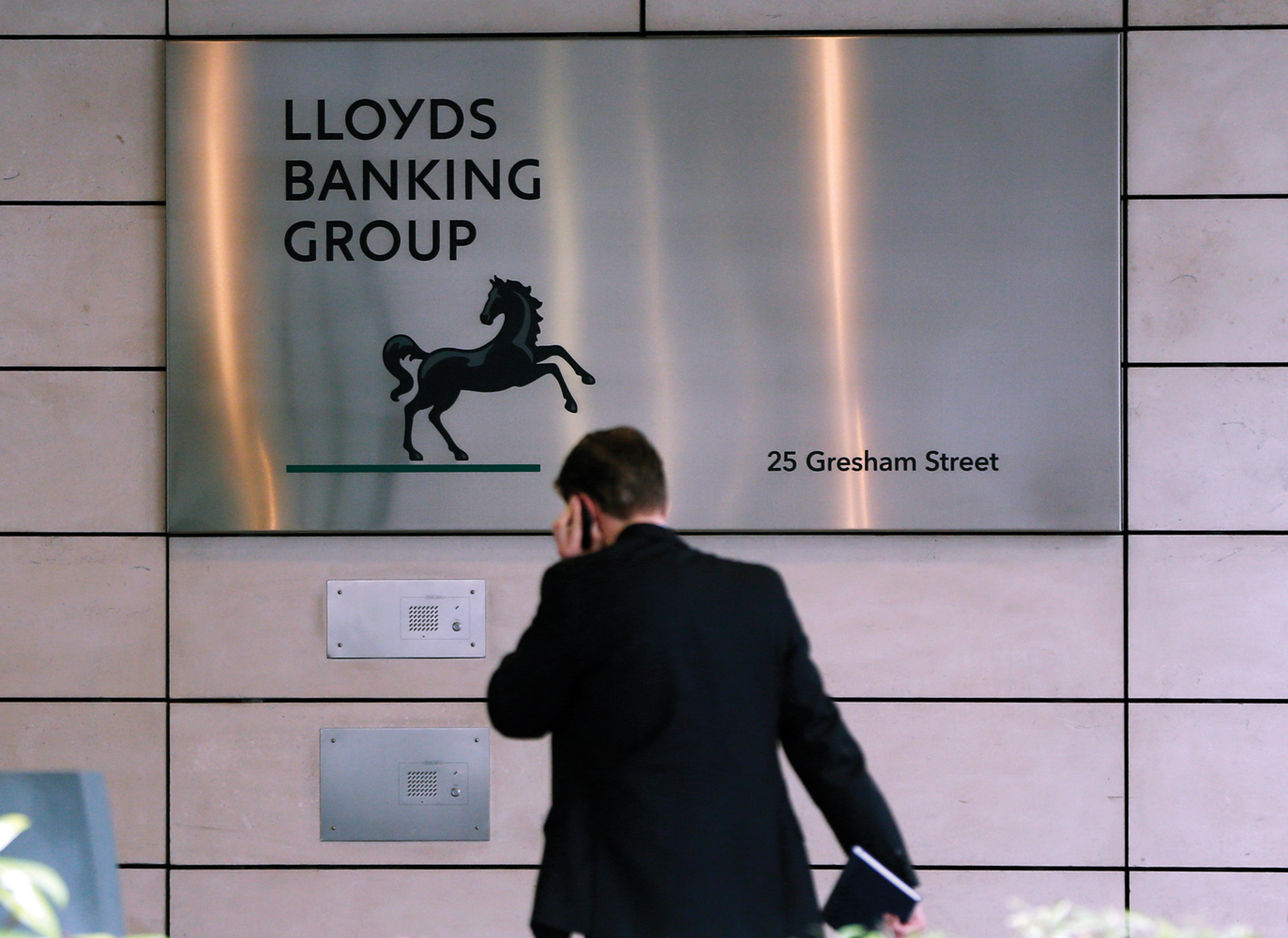Experienced Investor
Taxpayers’ stake in Lloyds down to 2%

The government has continued to sell shares in Lloyds Banking Group, reducing its remaining shareholding to less than 2%, after hitting the 3% mark just over two weeks ago.
The latest sales, conducted via the trading plan, mean the government has now recovered over £20bn of the £20.3bn taxpayers injected into Lloyds during the financial crisis, including share sales and dividends.
Economic secretary to the Treasury, Simon Kirby, said: “I welcome this further progress in returning Lloyds to the private sector” and added “we are very close to recovering all of the money taxpayers injected into the bank during the financial crisis.”
A trading plan involves gradually selling shares to institutional investors over time, in an ‘orderly and measured way’, according to the government.
The Lloyds trading plan initially ran from 17 December 2014 to 30 June 2016. Original plans to sell the remaining 9.1% share in the bank to retail investors on 7 October 2016 were dashed after the government blamed ongoing market volatility redirecting the share sale back to institutional investors.
All proceeds from the sales are used to reduce the national debt.
The Chancellor of the Exchequer, Philip Hammond said at the start of the year: “Returning Lloyds to the private sector and recovering all of the cash the taxpayer injected into the bank during the financial crisis is a priority for the government.”
On 9 January this year, the group announced the taxpayer was no longer the bank’s largest shareholder as it had recouped £18bn.